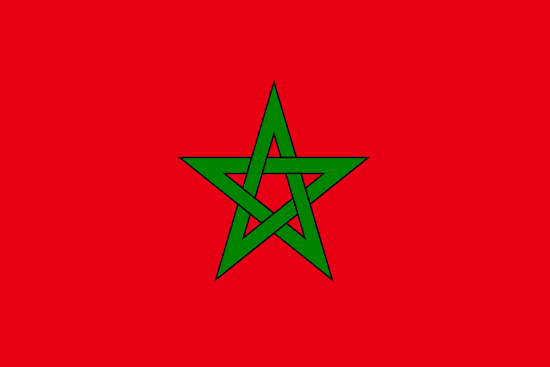"طنجة بوابة افريقيا | Tangier, the gateway to Africa"
About:
Tangier, a city in northern Morocco, has a rich history dating back to the 5th century BC. Initially a Phoenician trading post, it was later controlled by various empires including the Romans, Byzantines, and Arabs. In the 17th century, it became an international zone attracting many European and American expatriates. Post-1956, it was reintegrated into Morocco. Today, Tangier is a vibrant city known for its cultural diversity, historic sites, and strategic location on the Strait of Gibraltar.
When to visit:
Tangier, a bustling port city in northern Morocco, experiences a Mediterranean climate characterized by hot summers and mild winters. The peak tourist season in Tangier typically falls between the months of June and August, when the weather is warm and pleasant for sightseeing and outdoor activities. However, travelers seeking to avoid crowds and higher prices may consider visiting during the shoulder seasons of spring (March to May) or fall (September to November). Winter (December to February) is also a viable option for those looking to experience a quieter side of Tangier and enjoy cooler temperatures. Ultimately, the best time to visit Tangier depends on individual preferences and travel objectives.
When to avoid:
Tangier is generally a popular destination for holiday travelers year-round due to its mild climate and vibrant culture. However, the worst time to travel to Tangier on a holiday would likely be during the peak summer months of July and August. During this time, the city can become overcrowded with tourists, leading to long lines at popular attractions and higher prices for accommodations. Additionally, the summer months bring hot temperatures that may be uncomfortable for some visitors, especially those not accustomed to the heat. It is advisable to consider visiting Tangier during the shoulder seasons of spring or fall for a more enjoyable and less crowded experience.
"Winter Season (Dec-Feb)"
In Tangier, winter (December to February) is the coldest and wettest season. Average temperatures range from 8°C to 18°C, with January being the coldest month. Rainfall can reach up to 100mm in the wettest month, December. Days are shorter with 5-6 hours of sunlight, often obscured by cloud cover. An average day for a visitor might involve cool, damp mornings, overcast skies, and intermittent rain showers, with the occasional sunny spell. It's a perfect time for indoor activities or cozy café visits.
"Summer (June–September)"
In Tangier, Morocco, the warmest part of the year is from June to September, with July and August being the peak months. During this period, the average high temperature ranges from 26°C (79°F) to 29°C (84°F), while the average low temperature is around 20°C (68°F).
Rainfall is minimal in these months, with July being the driest month of the year. The city receives an average of 10 to 11 hours of sunlight per day, providing ample daylight for outdoor activities. Humidity is relatively high due to the city's coastal location, but the sea breeze often makes the heat more tolerable.
As for cloud cover, it is generally low during the summer months, with clear or mostly clear skies on most days. This means you can expect plenty of sunshine during your visit.
A typical day for a visitor during this period would involve warm, sunny weather with a slight sea breeze. The mornings and evenings are pleasantly cool, making them ideal for sightseeing or relaxing at the beach. Afternoons can get quite hot, so it's the perfect time for a siesta or a dip in the sea. Despite the heat, the humidity and occasional sea breezes make the temperature feel comfortable rather than stifling.
Language:
In Tangier, the most commonly spoken languages are Moroccan Arabic (Darija) and Berber. Moroccan Arabic is the official language, but Berber is spoken by a significant minority. Additionally, due to Tangier's colonial history and its geographical proximity to Europe, many locals also speak French and Spanish. English is increasingly taught in schools and used in business settings.




